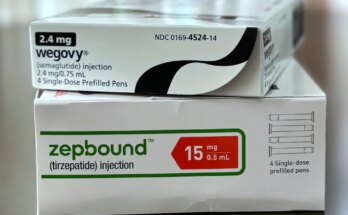Christmas and shopping are approaching. Millions of toys will be wrapped and stored under the tree. Safe toys for children? Not so sure. A new study carried out by Toy Industries of Europe (TIE), in collaboration with the French Federation of Toys and Puericulture Industries (FFJP), shows that 96% of toys purchased from non-European third-party sellers on online marketplaces do not meet European safety requirements.
To conduct this research, FFPJ purchased 70 toys in non-European markets on AliExpress, Amazon Marketplace, Cdiscount, Fruugo, Joom, Shein and Temu. Before being tested by an approved independent laboratory.
In addition to non-compliance, 86% of the toys are dangerous and pose serious risks to children’s safety and health.
Small element, direct access to button battery…
What danger? The presence of small elements that are swallowed or inhaled put the child at risk of suffocation, for example. But also direct access to button batteries, including lithium batteries, puts children at risk of serious internal injury.
Or there is a removable suction cup that can block the respiratory tract and put the child at risk of suffocation.
This worrying figure is even higher than the 80% figure revealed in research published last year. Especially since some of the toys identified and notified as dangerous in 2024 are still available for sale – sometimes from the same third-party sellers – and are still non-compliant and dangerous.
Warning from UFC-Que Choisir about chargers
This is a new warning on products marketed by the site. At the end of last October, UFC-Que Choisir issued a warning about the dangers of toys and chargers sold at Shein and Temu. UFC-Que Choisir and three other Danish, Belgian and German associations purchased 27 chargers for Temu, 27 for Shein, and the same number of toys on each of the two platforms, “at random,” but each time sold “by third-party sellers, not by the platforms themselves.”
The association reported that of 54 USB chargers purchased for between 2 and 19 euros, four “had their high and low voltage circuits too close to each other”, with the risk of “causing electric arcs” and 14 heated “beyond the maximum permitted temperature of 87 degrees”.



